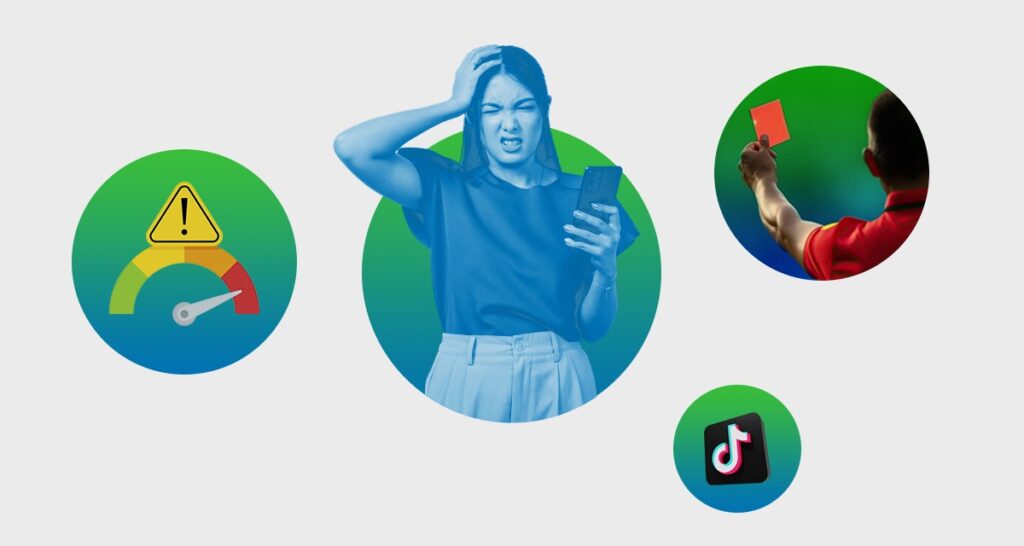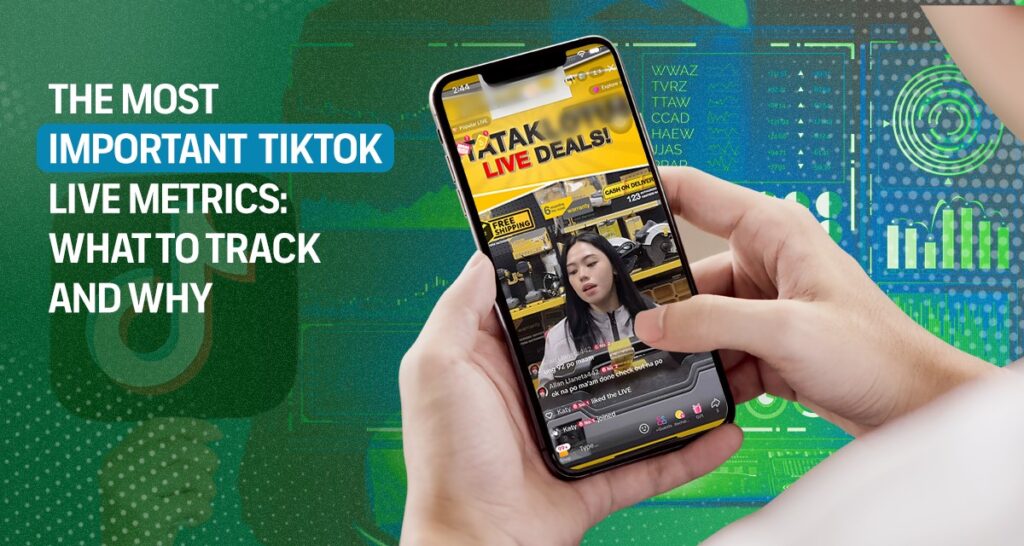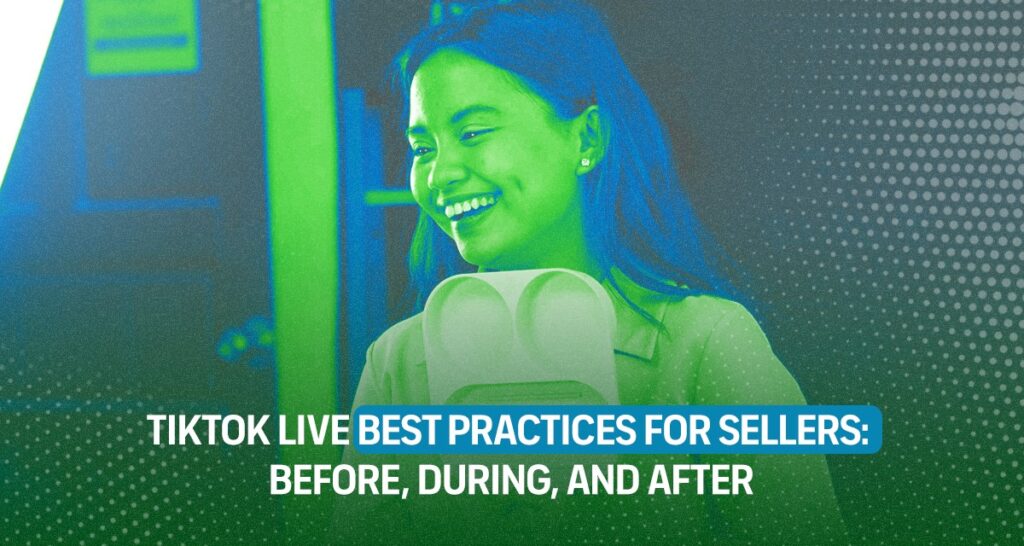We know we have mentioned this several times before, but it’s worth repeating: Facebook is no longer just a social platform. People around the world are using it to buy and sell products through the Facebook Marketplace. However, amidst this vibrant e-commerce feature, a troubling trend has emerged – the growing number of fake sellers on Facebook Marketplace.
In fact, in the last quarter of 2023, Meta removed 691 million fake accounts on their platform. This is approximately 4% of Facebook’s monthly active users.
Now, this statistic isn’t only relevant to Filipino consumers out there who prefer buying products on the Facebook Marketplace. E-commerce businesses should also be concerned.
As a merchant on Facebook Marketplace, how sure are you that your listings and Marketplace ads are not perceived as fake and scams by your target market?
No worries! We’ve created this guide for both buyers and sellers on Facebook Marketplace. We will compile a list of signs of fake sellers and red flags to watch out for. Buyers can use this for a safer and more enjoyable online shopping experience, while merchants can consider this list to enhance their listings.
Is This Seller Legit: 8 Signs of a Fake Merchant on Facebook Marketplace
Buyers and Sellers on the Facebook Marketplace, watch out for these top red flags! We’ll also include some Marketplace scams and some tips you can avoid them
1. Unusually Low Prices of Products
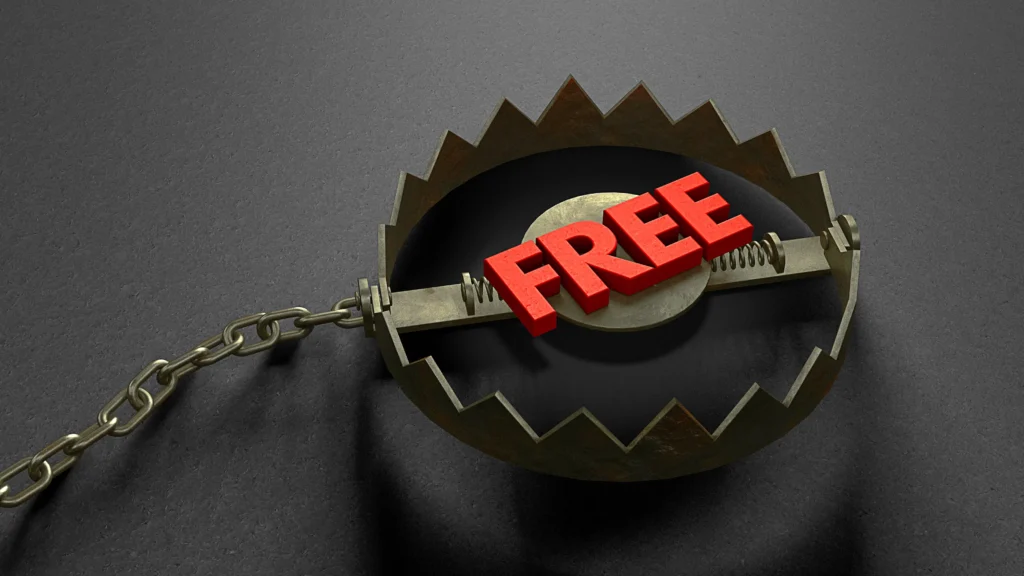
If you see a Marketplace listing that is too good to be true, it just might be. There’s a possibility that such listings are fronts for counterfeit goods or other deceptive practices.
For buyers, this is where your knowledge helps you. We recommend familiarizing yourself with the average market price of items you’re interested in. This benchmark will be your guide in spotting anomalies in pricing.
Moreover, don’t hesitate to inquire about the real condition of the item. Don’t worry, a genuine merchant will appreciate your due diligence.
For sellers, on the other hand, our reputation is your currency on Marketplace. Be sure to be transparent about your listing and campaigns. Remember, mutual trust is the foundation of every successful transaction. A detailed and professional product description will help you establish this.
2. Unrealistic Images

Both poor-quality and unrealistic images can raise red flags. Low resolution may indicate the item’s condition, while overly polished images might suggest they’re not genuine. Stay vigilant when dealing with these types of listings.
To combat this type of Marketplace scam, you can try a reverse image search. Doing this allows you to see if the image on the Marketplace isn’t original or is available anywhere else. This helps determine if the Marketplace image is original or sourced from elsewhere.
If the seller has limited product photos, try requesting images of multiple angles of the item on sale to ensure its authenticity before buying.
For Marketplace merchants, make sure to upload quality product photos to avoid getting flagged as fake sellers. As we always say, your product images serve as the only representation of your products online. Provide various angles of the items in your listing so customers have an accurate idea of their appearance.
3. Insist on Using Third-party Apps For Communication

Regardless of whether they are Marketplace sellers or buyers, if someone attempts to move the conversation outside of Facebook Messenger, it raises a red flag.
When you encounter someone doing this, refuse, no matter how tempting their offer may be. They could be bogus buyers or sellers and following with their demand may put you at a significant disadvantage.
4. The Profile Doesn’t Include a Photo

One effective method to evade scammers and fraudsters on Marketplace is by conducting a background check. But, how can you do that if the profile has no image?
A clever approach to handle these buyers or sellers is by requesting additional information, like their full name, delivery address, and phone number. Additionally, you can review the transaction history of the account. This way you can ensure the authenticity of the identity before proceeding with the transaction.
5. A Relatively New Account And Profile
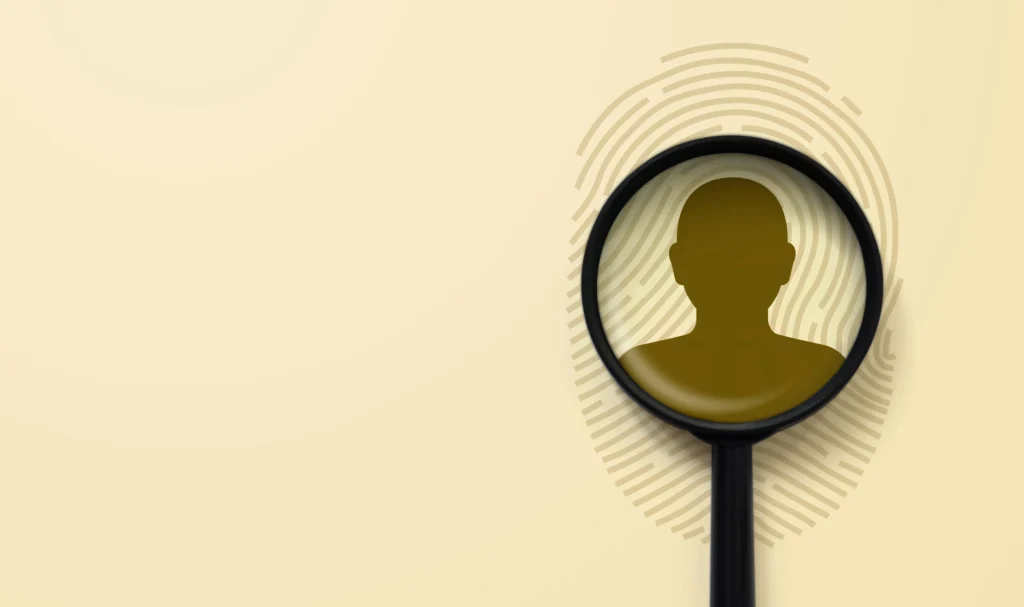
We strongly recommend not dealing with individuals on Marketplace who have newly created accounts or profiles. There’s a good chance these are fake accounts intended to scam buyers or sellers.
Again, doing a background check is important. If a seller’s Facebook account was created just the day before they posted the listing, then this can be a sign that this is a fraudulent account.
6. Advance Payment Request
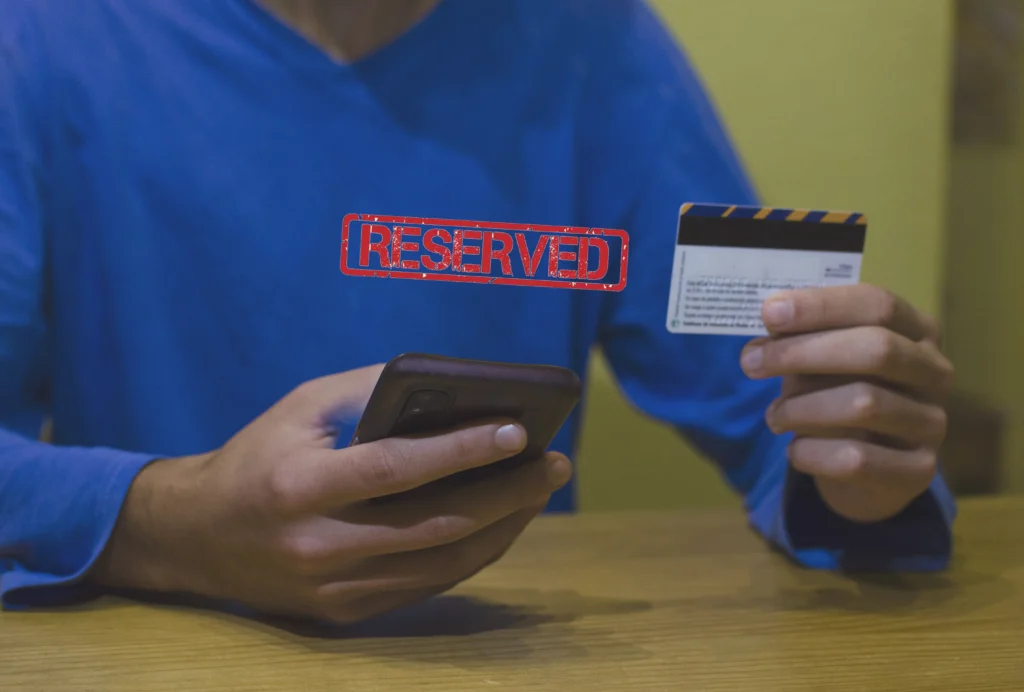
Not all sellers who request advance payment are scammers or fraudsters. Many of them are also trying to protect their business from different e-commerce scams.
To navigate these waters safely, it’s crucial to conduct due diligence on the seller’s reputation. Opt for secure payment methods that provide buyer protection to ensure a safe transaction.
7. Requiring You to Click Suspicious URL

If you find Marketplace Listing that requires you to click on a suspicious URL, then run. This is a clear sign of a phishing attempt. Such links are often disguised as traps, leading to a site with malware. Unwittingly clicking these links can put your information at risk.
For both buyers and sellers, always ensure that the link is from a trusted source before engaging.
8. They are Asking for a Code

Imagine this scenario: you’re trying to buy something on Marketplace, but the seller asks for a code to confirm your identity. Would you give them the code?
If your answer is ‘no’, then you pass our test! However, if your answer is ‘yes’, you might need to improve your scam detection skills.
Do not reply with that code. Chances are, the scammer is attempting to gain access to your account, and that code is all they need.
It could be a two-factor authentication code for your Facebook account or even your bank. Never share this code with anyone or respond to messages with it
Improve and Secure Your Marketplace Listings
Did you know that 491 million users log in to Facebook just to buy products on Marketplace? Do you think your listings on the platform are compelling enough to catch attention and avoid being flagged as fake?
If you’re not confident with your answer, let Be Global E-commerce Corporation help you. From product photography to content creation and customer service, our team will ensure that you have everything you need for a successful and secure e-commerce transaction.
Book a consultation today to learn more about our services.



